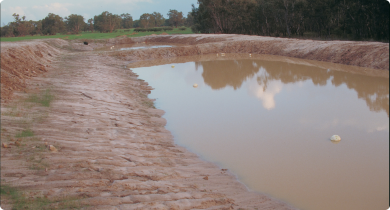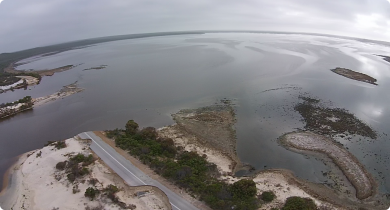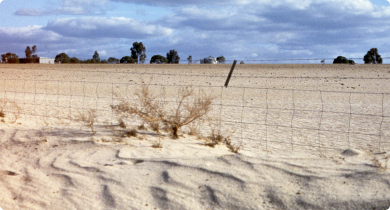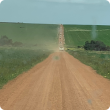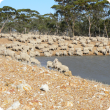Climate, land & water
Western Australia’s agriculture sector needs access to productive soil and water resources for growth and profit. However, the sector must compete with increasing resource demands from all sectors of the community, and the pressures of a changing climate. The Agriculture and Food division of the Department of Primary Industries and Regional Development supports agriculture by providing long-term management solutions, practical risk management strategies and tools to maintain and improve resource conditions, to meet the needs of industry and stakeholders. Agriculture and Food is also pioneering soil and water investigation of the state’s undeveloped areas to establish new irrigated agricultural industries.
Filter by search
Filter by topic
- (-) Remove Pests, weeds & diseases filter Pests, weeds & diseases
- Crops (17) Apply Crops filter
- Livestock & animals (13) Apply Livestock & animals filter
- Biosecurity & quarantine (5) Apply Biosecurity & quarantine filter
- Weeds (4) Apply Weeds filter
- Soils (4) Apply Soils filter
- Grains (4) Apply Grains filter
- Land use (4) Apply Land use filter
- Pests (3) Apply Pests filter
- Pest insects (3) Apply Pest insects filter
- Pastures (3) Apply Pastures filter
- Pasture management (2) Apply Pasture management filter
- Managing soils (2) Apply Managing soils filter
- Pulses (2) Apply Pulses filter
- Livestock management (2) Apply Livestock management filter
- Rangelands (2) Apply Rangelands filter
- Wheat (2) Apply Wheat filter
- Water management (2) Apply Water management filter
- Water (2) Apply Water filter
- Grains research & development (2) Apply Grains research & development filter
- Lupins (2) Apply Lupins filter
- Biosecurity (2) Apply Biosecurity filter
- Barley (2) Apply Barley filter
- Food, export & investment (2) Apply Food, export & investment filter
- Canola (2) Apply Canola filter
- Agribusiness Food & Trade (2) Apply Agribusiness Food & Trade filter
- Diseases (2) Apply Diseases filter
- Climate & weather (2) Apply Climate & weather filter
- Crop weeds (2) Apply Crop weeds filter
- Control methods (2) Apply Control methods filter
- Soil acidity (1) Apply Soil acidity filter
- Oats (1) Apply Oats filter
- Soil constraints (1) Apply Soil constraints filter
- Plant biosecurity (1) Apply Plant biosecurity filter
- Soil productivity (1) Apply Soil productivity filter
- Livestock health & diseases (1) Apply Livestock health & diseases filter
- Water repellence (1) Apply Water repellence filter
- Soil nutrients (1) Apply Soil nutrients filter
- Declared plants (1) Apply Declared plants filter
- Chemicals (1) Apply Chemicals filter
- Biological control (1) Apply Biological control filter
- Crop diseases (1) Apply Crop diseases filter
- Dry seasons and drought (1) Apply Dry seasons and drought filter
- Livestock biosecurity (1) Apply Livestock biosecurity filter
- Feeding & nutrition (1) Apply Feeding & nutrition filter
- Livestock disease surveillance (1) Apply Livestock disease surveillance filter

